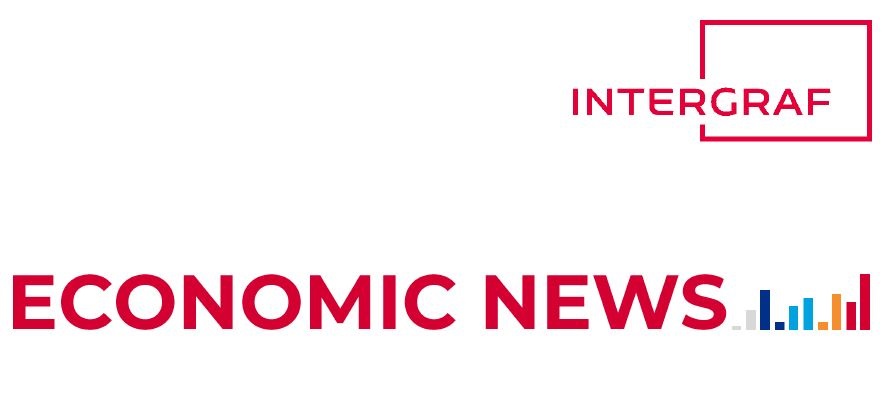14 November 2016

Employers recruiting in the Eastern Region as growth rate gathers pace
Business activity in the East picked up at a quicker rate than the UK average in September and private firms in the region expanded their workforces at the fastest rate in almost a year, according to a key purchasing managers survey.
The Lloyds Bank East of England PMI rose to 54.8 in September - well above the 50 reading which signals growth - and up from 53.6 in August. Firms in both the manufacturing and service sectors in the region were adding to staff numbers. But the survey notes that cost pressures grew as weaker sterling pushed up prices for imports prompting firms to raise average prices.
Steve Elsom, regional director for the East of England at Lloyds Bank commercial banking, said: "Business conditions in the East of England private sector have shown good resilience following the EU referendum. Output growth was up to a five-month high in September, outpacing the UK average, while the rate of job creation was the fastest among all regions. However, the emergence of strong cost pressures from the weak sterling will be a concern for businesses."
Manufacturing optimism
Meanwhile, 80 per cent of East of England manufacturers and engineers are optimistic about their future growth prospects in the coming year says separate surveys from MHA and Lloyds Bank Commercial Banking. A third of firms are planning to recruit but skills shortages are seen as a barrier to growth by 71 per cent and uncertainty over Brexit negotiations by 22 per cent.
All companies in the East of England surveyed believe that their production costs will rise in 2016/17 due to the increasing cost of raw materials together with higher wages. As a result, productivity gains are being seen as important in bringing down costs, as two thirds won't be passing the additional costs onto their customers.
New opportunities
Securing opportunities to trade globally remains a priority for manufacturers, with 76 per cent of the region's businesses exporting, up 19 points on 2015. The Eurozone remains the most popular trading partner for East of England firms, followed by Asia (excluding China) and North America.
Industry 4.0 is building momentum, but the growing trend towards sophisticated automation and data exchange in manufacturing technologies is a principle that four fifths (81 per cent) of the survey respondents didn't understand.
Charlie Savory, partner and head of manufacturing at Larking Gowen, said: "I am delighted to see the continued growth of manufacturing businesses in East Anglia in 2015, coupled with the level of confidence for 2016. There is no doubt that the optimism for the future remains cautious and, until Article 50 is triggered, businesses will remain wary of how their own future may be impacted.
"In the short term, it is clear that the employment of skilled workers is a challenge and profit margins will be under pressure as the costs of employment increases through the national living wage, auto enrolment and apprenticeship levy costs. However, the weakening of sterling post Brexit has meant that many exporting business have seen an increase in sales.
"It is imperative that companies continue to invest in ways to drive their business forward in the most efficient manner to remain competitive. As a profession, we still remain aware that only a half of business are benefitting from R&D tax credits and would encourage all business to review their operations to ascertain whether they would qualify."
Martin Guidlford, area director for manufacturing at Lloyds Bank Commercial Banking in East of England, said: "While the result of the EU Referendum has left manufacturers with some questions over how they will fulfil their future plans, many in the East of England are actively identifying new opportunities with global trade partners to help deliver sustainable growth.
"Manufacturing has never been more important to the success and growth of the British economy, and closing the skills gap remains crucial to sustain the long-term success of the industry. We are continuing to work closely with firms through this evolving economic landscape to help ensure they maintain their competitive position in domestic and global marketplaces."
Main report findings:
Half of all respondents put skills shortages at the top of their agenda. Most businesses want government to expand skills training for the future work-force in Secondary Schools, Higher and Further Education (FE) colleges.
68% of respondents believe their main competitors are UK based and 32% said their main competitors are based within their own region of the UK.
47% of respondents expect to increase their staff numbers in 2016 (an increase of 8% from last year), with 57% of companies intending to take on apprentices or trainees.
Of the respondents that anticipate their staff numbers increasing in the next 12 months, 59% need to recruit production staff. However, 41% indicated that they have trouble recruiting skilled machinists / technicians.
18% of businesses reported that recruiting appropriately skilled staff is the main barrier to growth over the next 12 months; this is a decrease of 10% from last year which is encouraging although this may just be a reflection in the shift of concern towards the effects of leaving the EU.
Where recruitment is a barrier to growth, 31% of respondents favoured adopting lean manufacturing strategies and 23% favoured automation or further automation as a coping strategy. Shift working or flexible working patterns (25%) was also seen as a viable option.
When asked about the availability of skilled recruits, only 11% had a positive outlook compared with 49% having a negative outlook.
 Pay Review Data, Wage Benchmarking and Cost of Living – MAY 2024 UPDATE
Pay Review Data, Wage Benchmarking and Cost of Living – MAY 2024 UPDATE
16 May 2024
We have collated data from multiple sources that should be useful for BPIF members that are approaching internal pay reviews, and/or are having a closer look at their pay and benefits structure. The datafile, first published in February 2023, has been updated with the latest available data - and additional content on factors exerting pressure on pay settlements in 2024.
 Intergraf Economic News (Paper Prices) - April 2024
Intergraf Economic News (Paper Prices) - April 2024
19 April 2024
Access the latest edition of the Economic Newsletter for the European Printing Industry for data on paper consumption, and pricing data for pulp, paper and recovered paper.
The BPIF is the printing industries champion. By becoming a member you join a diverse and influential community. We help you solve business problems, connect you to new customers and suppliers and make your voice heard in government.
Call 01676 526030










